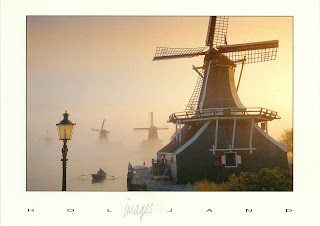 |
| The Helsinki Cathedral (white church), the Finlandia Hall, the Central Railway Station, the Uspenski Cathedral (red church) and the Senate Building |
 |
| A cute blue tit stamp |
Background story: A university friend did babysitting for a year in Finland so I asked her to send me a postcard of course :) She was babysitting a 1 and 2-year-old kid.
It was summertime when she wrote the postcard, and she said the winter was long and cold but the summer is pleasant and the weather is cool but she liked it anyway.
I feel lucky we had the chance to study Northern Architecture at the university so I have a basic knowledge on Finnish architecture as well.
The Helsinki Cathedral is a neoclassical style Lutheran cathedral designed by Carl Ludvig Engel, its construction was completed in 1852.
The Central Railway Station is a notable building designed by Eliel Saarinen. Vienesse Art Nouveau architecture has influence on the building but the result and ornamental decoration has more Art Deco-sense. Saarinen's design won the contest in 1904 and the railway station was finished in 1914. The Nebraska State Capitol's tower was designed after the tower of Saarinen's station's,
The white, modern style Finlandia Hall was design by Alvar Aalto, the greatest Finnish architect of the 20th century. Aalto fused traditional Finnish wooden architecture with modern style which is reflected in all his works. Fine examples of hiis exquisite interior design are the Villa Mairea and the Viipuri Municipal Library.
To my imagination, the shapes of the Finlandia Hall resembles that of a glacier's which are characteristic natural formation of the vast and mystical Norden.
From: S. M.
Date: 5 June 2012











































